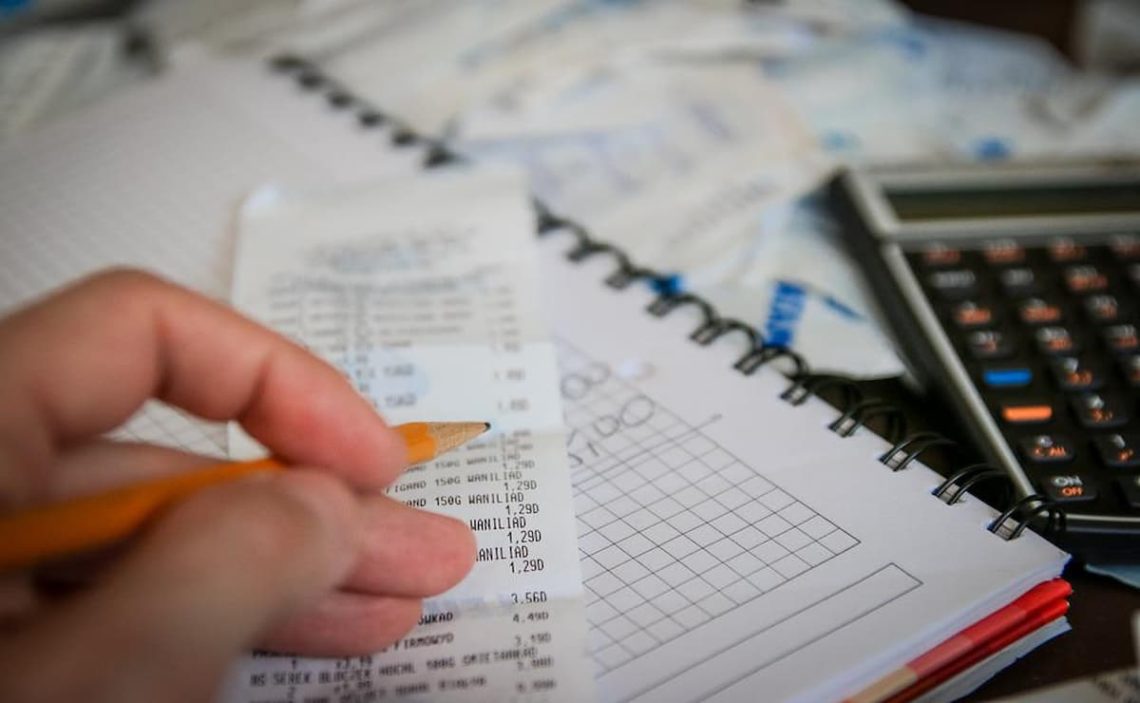The chart of accounts is formed by the sum of all the entries of a general ledger in accounting systems. The balance of funds is, in short, a basic tool to calculate the financial state of the company.
There is an important difference if compared with trial balances as those only incorporate the active accounts or those with a dynamic stock in the period under analysis, while the chart of accounts will review all the statements included in the system, regardless of whether they are active or show a balance.
Therefore, we would take about a list of account numbers and names. No account-specific information is included: i.e., no balance, debit, or credit details would be included, as test balances do.
Formats
Accounts are usually assigned numbers according to the different orders they occupy in a financial statement. In the case of balance sheet accounts, they are generally presented first. Income statement accounts are shown second.
In this way, the accounts are numbered and listed in an order that will usually be as follows:
- Assets
- Liabilities
- Shareholders’ equity
- Revenues
- Expenses
- Other
Although it can be configured with different formats, it is common for accounts to be grouped through an identifying nomenclature in which control numbers are applied. For example, asset accounts may be prefixed by one, asset accounts by two, and so on.
Thus, for example, asset accounts are numbered as follows 1-001. Liability accounts are numbered 2-001, with each category.
This format optimizes the tracking of accounts and quick identification of categories. That can be very useful when it is not known where an account belongs since, at a glance, it will be possible to identify its category.
In fact, it is a structure that seeks to avoid confusion and incorrectly placing an account in a package or category that does not correspond to it.
How to integrate the chart of accounts
Integrating a chart of accounts in corporate financial services has a lot to do with the digital advancement of accounting. That means that most accounting software programs already incorporate standard or default account lists.
Although these programs are configurable and the company can modify the terminologies, the truth is that they are commonly used as they are received.
The simplification that these predetermined nomenclatures bring to accounting systems is very great. It is an advance that has made it possible to optimize and improve the work of those in charge of financial responsibilities in companies. More specifically, the treasury.
How to create a chart of accounts
There are different factors to consider when creating a chart of accounts. If you want to do it manually, over and above the default ones in accounting software programs, these would be some of the things to consider:
Numbering
It is a basic part if you want to structure the chart of accounts well. It is important to keep control of the spaces in the structures. You must leave the corresponding areas if you foresee different incorporations to the same category.
To improve and optimize these systems, manual templates are often used in which a hierarchy is established depending on the entries. For example, if a cash account is recorded and you wish to record an expense account, you leave corresponding spaces in the terminology.
Volume
That is another relevant aspect of a chart of accounts. It is important to set up the chart to record transactions properly.
However, it is also important to know that the more accounts you have, the more complex it is to consolidate them. Therefore, it is vital to periodically review the charts to reduce duplicate accounts and avoid possible interpretation errors.
Modifications
Possible modifications should be considered in this section. Sometimes there is a tendency not to consolidate spaces for changes that will probably impact the chart shortly.
If adequate space is not left for modifications, accounting changes in the chart cannot be properly implemented.


